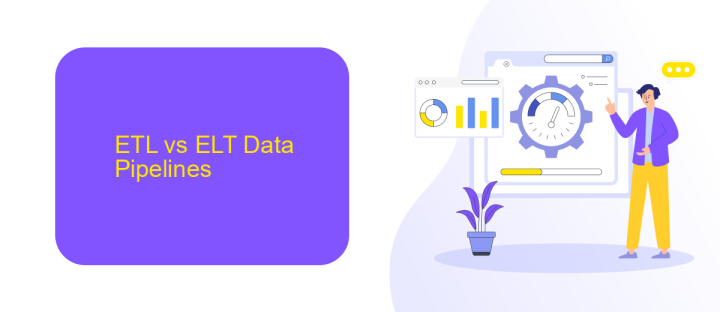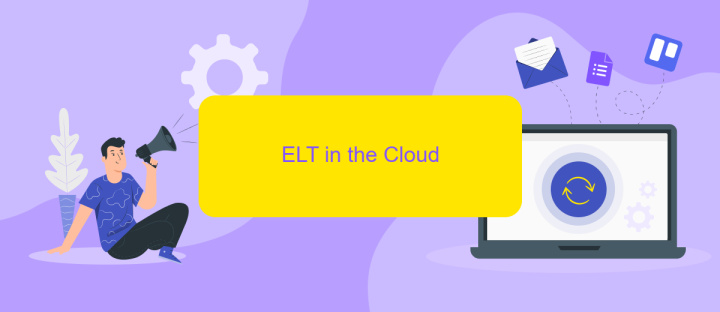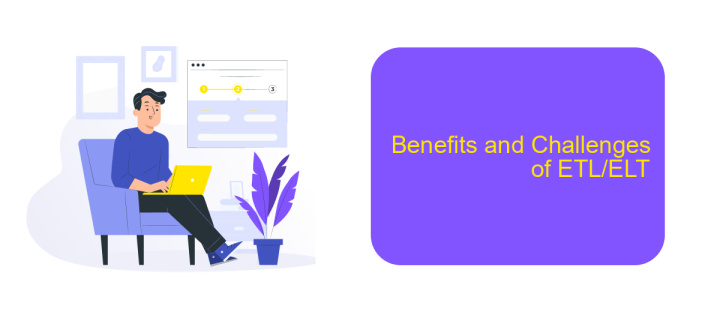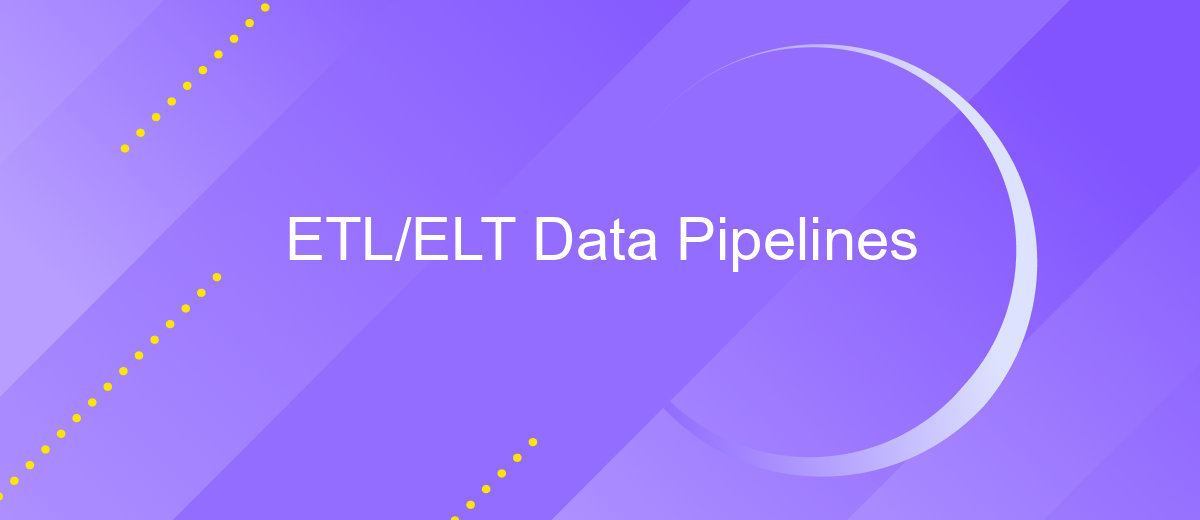ETL/ELT Data Pipelines
In the realm of data management, ETL (Extract, Transform, Load) and ELT (Extract, Load, Transform) data pipelines play a pivotal role. These processes are essential for transforming raw data into meaningful insights, enabling organizations to make informed decisions. This article delves into the intricacies of ETL and ELT, comparing their methodologies, use cases, and the advantages they offer in modern data ecosystems.
Introduction
ETL (Extract, Transform, Load) and ELT (Extract, Load, Transform) data pipelines are fundamental components in modern data management and analytics. They enable organizations to efficiently process, integrate, and analyze vast amounts of data from diverse sources, ensuring that valuable insights are readily accessible for decision-making.
- ETL: Data is extracted from source systems, transformed into a suitable format, and then loaded into a target database or data warehouse.
- ELT: Data is extracted and loaded into a target system first, where it is then transformed as needed.
- Integration Tools: Services like ApiX-Drive simplify the process of connecting various data sources and automating data workflows, making it easier to set up and maintain data pipelines.
The choice between ETL and ELT depends on factors such as data volume, complexity, and the specific requirements of the organization. With the right tools and strategies, businesses can streamline their data integration processes, enhance data quality, and unlock deeper insights to drive growth and innovation.
ETL vs ELT Data Pipelines

ETL (Extract, Transform, Load) and ELT (Extract, Load, Transform) are two distinct approaches to managing data pipelines. In ETL, data is first extracted from various sources, then transformed into a suitable format, and finally loaded into a data warehouse. This approach is beneficial for complex transformations and data quality checks before loading. However, it can be time-consuming and requires significant computational resources during the transformation phase.
On the other hand, ELT reverses the last two steps by loading raw data directly into the data warehouse and then performing transformations. This method leverages the power of modern data warehouses to handle transformations more efficiently. ELT is ideal for handling large volumes of data and allows for more flexible and faster processing. For businesses looking to streamline their data integration processes, services like ApiX-Drive can be incredibly useful. ApiX-Drive simplifies the setup of data pipelines by automating the extraction, loading, and transformation processes, making it easier to manage and integrate data from multiple sources.
ELT in the Cloud

As organizations increasingly migrate their data operations to the cloud, ELT (Extract, Load, Transform) pipelines have become a pivotal strategy for handling large volumes of data efficiently. By leveraging cloud storage and computing resources, businesses can streamline their data processing workflows, enhancing both scalability and performance.
- Extraction: Data is extracted from various sources, including databases, APIs, and flat files, and loaded into a cloud data warehouse.
- Loading: The raw data is then loaded into cloud storage solutions like Amazon S3, Google Cloud Storage, or Azure Blob Storage.
- Transformation: Finally, the data is transformed within the cloud environment using powerful tools and services, such as Apache Spark or cloud-native SQL engines.
Services like ApiX-Drive facilitate seamless integration between diverse data sources and cloud platforms, automating the extraction and loading processes. This reduces the complexity of managing multiple data pipelines and allows organizations to focus on deriving actionable insights from their data. By adopting ELT in the cloud, businesses can achieve greater flexibility and efficiency in their data operations.
Benefits and Challenges of ETL/ELT

ETL (Extract, Transform, Load) and ELT (Extract, Load, Transform) data pipelines are essential for managing and processing large volumes of data from multiple sources. These pipelines facilitate data integration, ensuring that data is clean, consistent, and ready for analysis. They are particularly useful for businesses that rely on data-driven decision-making, providing a streamlined approach to data management.
However, implementing ETL/ELT pipelines comes with its own set of challenges. These include the complexity of data transformation, the need for real-time processing, and the requirement for robust data governance. Additionally, maintaining these pipelines can be resource-intensive, requiring specialized skills and ongoing monitoring.
- Improved data quality and consistency
- Enhanced data integration and accessibility
- Scalability to handle large data volumes
- Support for real-time data processing
- Facilitation of data governance and compliance
To address some of these challenges, businesses can leverage integration services like ApiX-Drive. This platform simplifies the process of connecting various data sources and automating data workflows, reducing the technical burden on IT teams. By using such tools, companies can more effectively manage their ETL/ELT pipelines and focus on deriving actionable insights from their data.
Best Practices for ETL/ELT Data Pipelines
To ensure the efficiency and reliability of ETL/ELT data pipelines, it is crucial to implement best practices. Start by designing for scalability and flexibility, considering future data growth and evolving business requirements. Use modular components to facilitate maintenance and updates. Incorporate robust error handling and logging mechanisms to quickly identify and resolve issues. Ensure data quality by implementing validation checks and cleansing processes at each stage of the pipeline.
When integrating data from multiple sources, consider using tools like ApiX-Drive, which streamline the connection and synchronization of various platforms. This can save time and reduce the risk of manual errors. Additionally, prioritize security by encrypting data in transit and at rest, and implement access controls to protect sensitive information. Regularly monitor and optimize performance to maintain efficiency and address bottlenecks. By adhering to these best practices, you can build reliable, scalable, and secure ETL/ELT data pipelines.
FAQ
What is the difference between ETL and ELT?
Why should I use ETL/ELT data pipelines?
How can I ensure data quality in my ETL/ELT pipeline?
What are some common challenges in building ETL/ELT pipelines?
How can I automate and integrate my ETL/ELT pipelines with other systems?
Apix-Drive is a universal tool that will quickly streamline any workflow, freeing you from routine and possible financial losses. Try ApiX-Drive in action and see how useful it is for you personally. In the meantime, when you are setting up connections between systems, think about where you are investing your free time, because now you will have much more of it.

